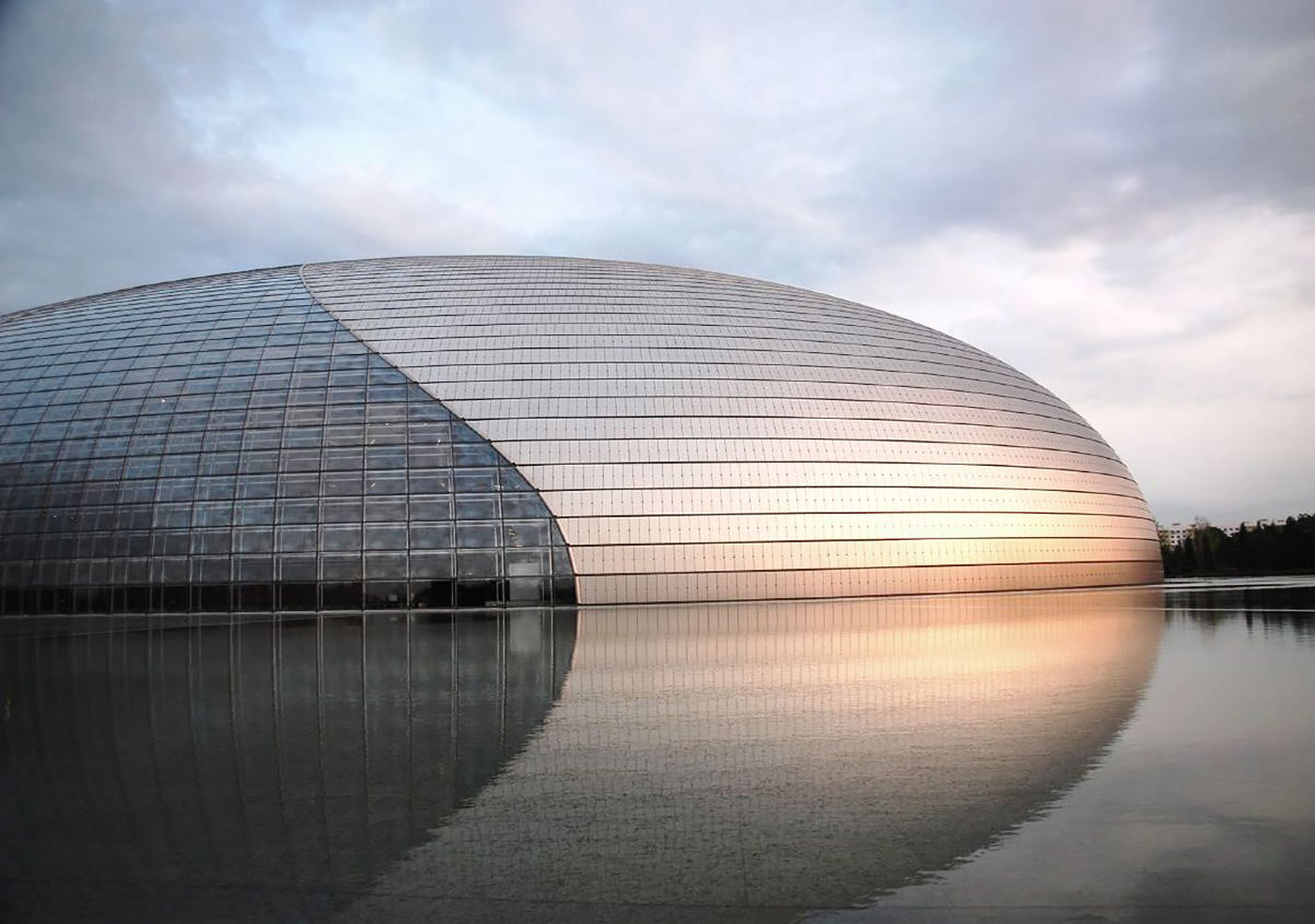Interaction and industrial design team up to serve the IoT
Martin Charlier on design teams, responsibility, and service.
 The National Centre for the Performing Arts, Beijing. (source: By Vera & Jean-Christophe on Wikimedia Commons)
The National Centre for the Performing Arts, Beijing. (source: By Vera & Jean-Christophe on Wikimedia Commons)
Subscribe to the O’Reilly Design Podcast, our podcast exploring how experience design—and experience designers—are shaping business, the Internet of Things, and other domains.
Industrial designers and interaction designers are joining forces to create the best services for Internet of Things (IoT). I sat down with Martin Charlier, a design strategist with a unique distinction of having both interaction and industrial design experience to talk about how the IoT is changing the design landscape, including team dynamics, responsible design, and value-driven design. Charlier is the co-author of the forthcoming Designing Connected Products and a contributor to Designing for Emerging Technologies. For a free download of sample chapters from Designing Connected Products click here.
Team dynamics
Charlier discusses the key ingredients for teams working on a product together and how to achieve a unified vision:
“I think every field needs to know a little bit about others, just a basic understanding of the other side. In some of the most interesting projects I’ve seen, the team was made up of somebody with an industrial design background, somebody doing more technology and somebody doing more interaction and user experience.
“The key, though, to some of the projects I’ve seen was that they started to work together as one team before splitting up into their respective domain areas so that there was a joined vision. I think that’s the most important thing: to come up with a joined vision. I think that’s where interaction design and industrial design, for example, need to think of either sides of the coin.”
Responsibility and design
Design considerations extend beyond the aesthetics, utility, and user experience; there’s a bigger picture that must be considered as well. Charlier outlines the various responsibilities designer’s juggle:
“Designing a physical object is less task-driven. The usability, the task aspect of it, is only one facet of the whole experience. You have to think about the aesthetics, the emotional qualities of a product, the materials, and manufacturing processes — and how this relates to an environmental responsibility. If you design a physical object, you have to think about where that device goes, when it’s at the end of its life cycle. What kind of material do you use to make it, and where do those materials come from?
“The Fairphone project, for example, is interesting. One of the things they talk about is that they use only conflict-free materials. It’s not just about the material being a renewable or sustainable material source; it’s actually also about the social responsibility. Especially precious metals, for example — where do they come from? What are the labor conditions?”
On service
The Internet of Things is opening the door to reimagined products and services. Charlier explains some of his favorite examples of IoT services:
“One of my absolute favorite products is the Amazon Dash. I love the idea that I could use a grocery service without ever having to launch an app or go to a website. I think what’s also interesting is that it’s the best execution of the Internet fridge. The thing about it is the misconception that the Internet fridge has to be a fridge. If you think of it as just an idea, it doesn’t have to be a fridge as a device. If you think of it as an idea, the Amazon Dash is actually a pretty good execution of an Internet fridge service.”
“Another project I find incredibly interesting, even though there’s very little public information about it at the moment, is Google’s Physical Web project. Because it hits on something I’ve been thinking about for a while: this idea of turning apps into something temporary. This idea that maybe when I’m sitting on a bus, the bus has an app that becomes available on my phone while I’m on the bus and it disappears from my home screen when I step off the bus.”
